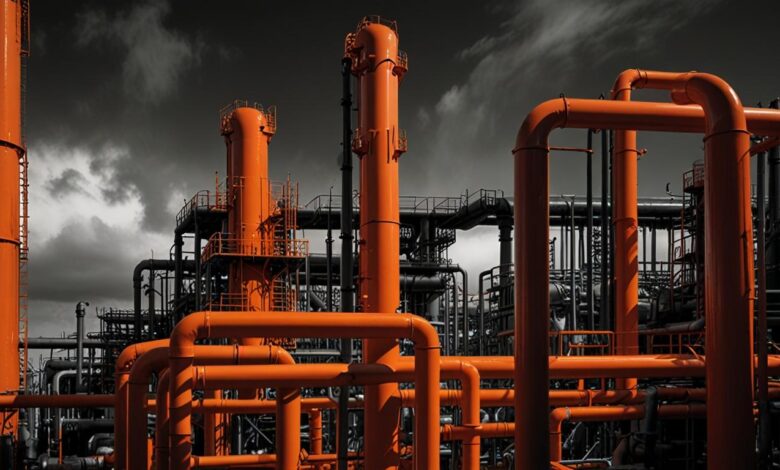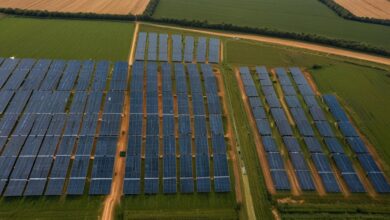Carbon Capture and Storage Projects Struggle with Financial and Regulatory Hurdles in Europe and the U.S.

European and American Carbon Capture and Storage projects encounter obstacles related to high costs and regulatory uncertainties. Government subsidies and incentives are deemed crucial for overcoming these challenges and meeting future demands in the industry.
Carbon Capture and Storage Projects Face Financial and Regulatory Hurdles Across Europe and the U.S.
Europe
The cost of Carbon Capture and Storage (CCS) in Europe is estimated to be between €130 and €150 per tonne, significantly higher than the €67.92 per tonne price under the European Union Emissions Trading Scheme (EU ETS) as of June 25. This cost disparity poses financial challenges for CCS project development. Developers are awaiting finalized regulatory frameworks from governments, which is crucial for advancing CCS operations. Margarethe Kleczar, Vice President of Carbon and Hydrogen Management at Wintershall Dea, highlighted that financing CCS projects in continental Europe remains particularly challenging.
In the UK, the Track 1 and Track 2 cluster programs aim to reduce financial risks by aligning CO2 emitters with transport and storage operators. Despite these efforts, managing multiple regulators remains a challenge. Investment decisions in 2024 are expected to boost sector confidence, according to Spirit Energy’s Matt Browell-Hook. Hydrogen UK has called for accelerated government action on CCS development and subsidies before the July 2024 general election. UK government plans include a competitive allocation process by 2027 and expanding the HyNet cluster in the northwest by 2030.
The Netherlands and Greece
The Netherlands’ Porthos project began construction in April, setting tariffs at €38 per tonne for 15-year contracts. However, project costs have tripled since conception and doubled since tariffs were agreed. In Greece, EnEarth’s Prinos project aims to store 3 million tonnes of CO2 per year, targeting customers in Croatia, Italy, Bulgaria, and Greece with a final investment decision expected between 2024 and 2025.
Government Support
Government subsidies and support are critical for the success of initial CCS projects. Experts like Paul Lafferty of Summit Energy Evolution and Hetal Gandhi of Wood Mackenzie stress that financial incentives are essential. The UK employs various support mechanisms, while countries like Australia and Indonesia offer less support compared to their needs. A Wood Mackenzie report forecasts that global carbon capture capacity will reach 440 million tonnes per year by 2034, with North America and Europe requiring a combined investment of $196 billion.
U.S. Developments
Exxon Mobil is advancing CCS initiatives on the U.S. Gulf Coast, potentially tapping into a $6 trillion global market by 2050. Following its $4.9 billion acquisition of Denbury in 2023, Exxon now owns the world’s largest CO2 pipeline network, primarily located on the Gulf Coast. In Baytown, Texas, Exxon is developing a hydrogen plant using carbon capture technology, expected to store 10 million metric tons of CO2 annually.
Exxon Mobil has secured agreements with industrial partners such as Linde, CF Industries, and Nucor Corp. According to Carl Fortin, global business manager for CCS at Exxon, these projects demonstrate tangible progress. He emphasized the importance of government incentives like the U.S.’s 45Q tax credit to foster investment in CCS projects.
Global Predictions
Despite the planned CO2 capture and storage capacity of 664 million tonnes per year by 2034, global demand is projected to be 640 million tonnes per year, leaving a significant gap. Analysts predict that hub-based storage ecosystems will develop, especially in Europe and Asia-Pacific, necessitating bilateral agreements and cross-border CO2 transport policies to manage risks.
In conclusion, CCS projects face financial and regulatory challenges across Europe and the U.S. Government support will be crucial to bridging the cost gap and meeting future demand for carbon capture and storage.








